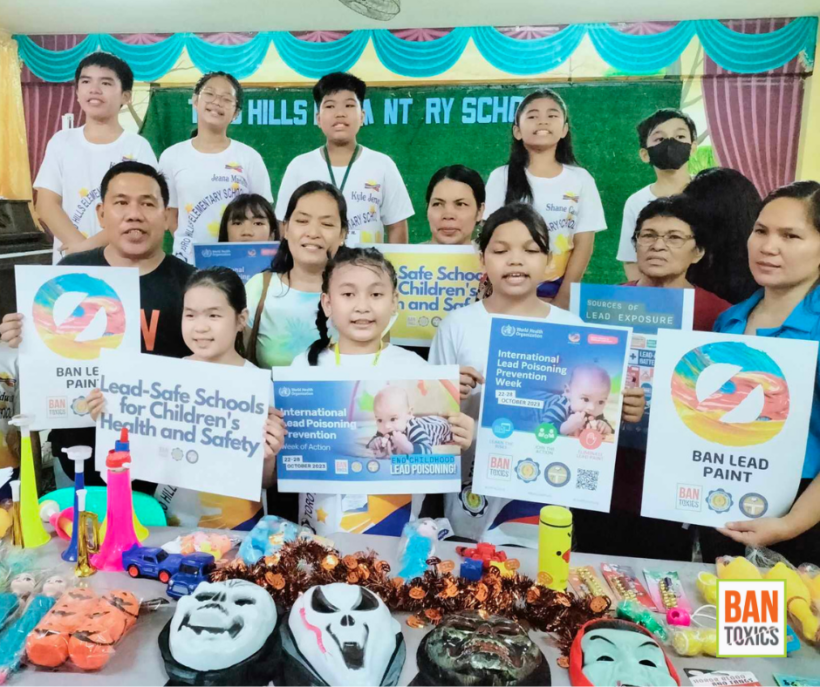“Approximately half of the Philippines’ 40 million children in 2021 have blood lead levels exceeding the 5 micrograms per deciliter (μg/dL) standard set by the World Health Organization, according to estimates by the Institute of Health Metrics and Evaluation, a US-based independent health research center. This figure is alarming and demands decisive action, given that there is no safe level of lead exposure, which poses significant health risks, especially to children,” said Thony Dizon, Toxics Campaigner of BAN Toxics.
This was the statement of BAN Toxics as it spearheaded the week-long global campaign against lead poisoning in the country. The environmental group along with other civil society organizations joined the global campaign International Lead Poisoning Prevention Week (ILPPW), an annual series of activities held every third week of October led by the World Health Organization (WHO).
To commemorate this year’s occasion, the toxic watchdog NGO organized awareness-raising events in collaboration with public and private schools to advocate for “Lead-Safe Schools for Children’s Health and Safety.” The week-long events urge the participation of students, parents, teachers, and communities committed to promoting Toxic-Free and Waste-Free Schools in the country.
“The World Health Organization (WHO) identifies lead as one of ten chemicals of major public health concern needing action by Member States to safeguard the health of workers, children, and women of reproductive age. An estimated 1 million people die every year from lead poisoning, of which the majority are children, and millions more exposed to lower levels suffer life-long health problems.”
Acknowledging the limited awareness of lead as a neurotoxicant, BAN Toxics redoubled its efforts to raise awareness among school children through its Toxic-Free and Waste-Free School Program (TFSP). The TFSP campaign was established by BAN Toxics to increase awareness of the issue of toxic pollution in schools, homes, and communities. It seeks to promote safe and environment-friendly alternatives as well as engage the school and the community on proper sound chemicals and waste management.
“Exposure to lead occurs in non-industrial settings, as lead paint can be found in homes, schools, hospitals, and playgrounds. Other sources of childhood lead exposure include school supplies, toys, and childcare articles, packaging for food and drink, cosmetics, and other consumer products. Children living in communities and schools located near informal waste recycling activities are constantly exposed to toxic fumes and airborne emissions resulting from unsafe recycling of lead-acid batteries,” Dizon added.
Lead is a potent neurotoxin that causes irreparable harm to children’s brains. It impairs their developing brains before they have the chance to mature fully, resulting in lifelong neurological, cognitive, and physical impairments. Childhood lead exposure is also associated with mental health and behavioral problems.
While the global lead poisoning crisis is a cause of concern, the country has been making significant progress with the promulgation of laws, regulations, and practices designed to prevent lead exposure. The Philippines took a pioneering step in Southeast Asia by implementing legislation for lead-safe paint through the issuance of the Chemical Control Order for Lead and Lead Compounds in 2013.
The Department of Education followed suit by issuing the department order on the Mandatory Use of Lead-Safe Paint in Schools while local authorities, such as Quezon City, passed ordinances requiring the use of lead-safe paint. The Food and Drugs Administration for its part released numerous public health warnings against the purchase and use of unsafe lead-containing consumer products, such as toys, cosmetics, spray paints, candles, and watercolor paints.
“WHO underscores that lead poisoning can be avoided by implementing policies and measures that limit the use of lead and ensure monitoring and management of potential exposures. We call on our lawmakers, government regulators, and civil society to take action to put in place legislation and effective regulations for other significant sources of lead exposure, install appropriate infrastructure, strengthen health systems and monitoring, and raise public awareness and campaigns against lead poisoning,” BAN Toxics concluded.
Here are some photos of the week-long awareness-building events:
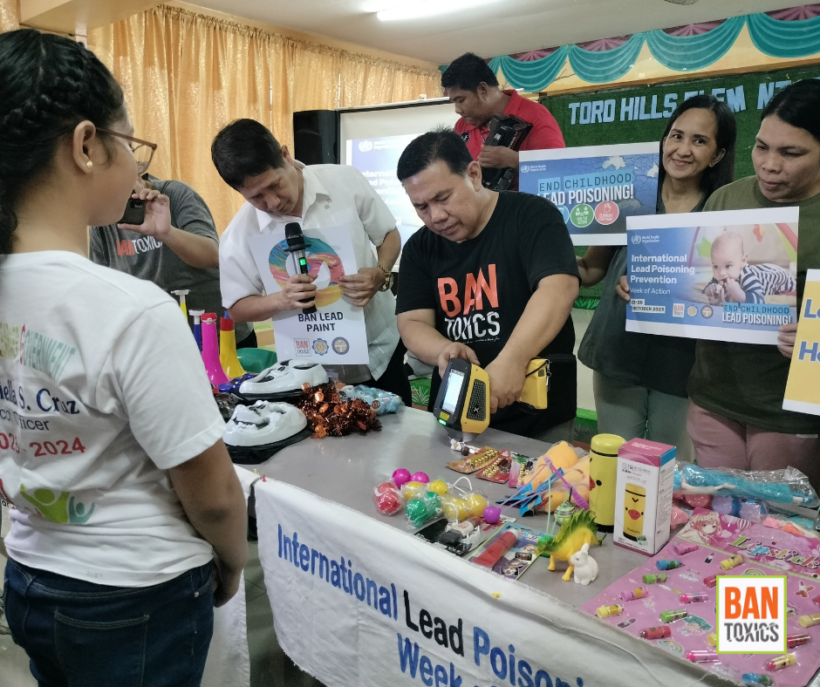
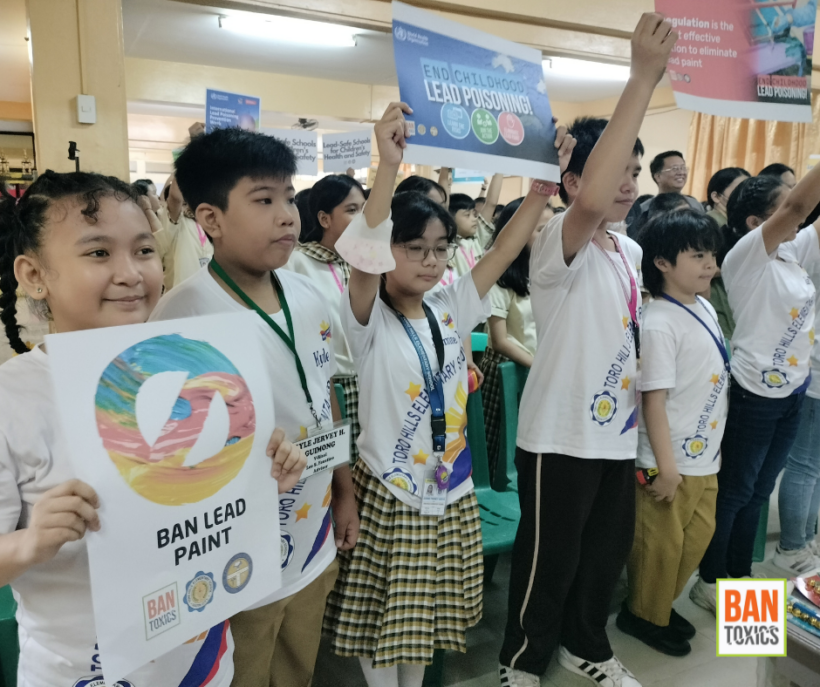
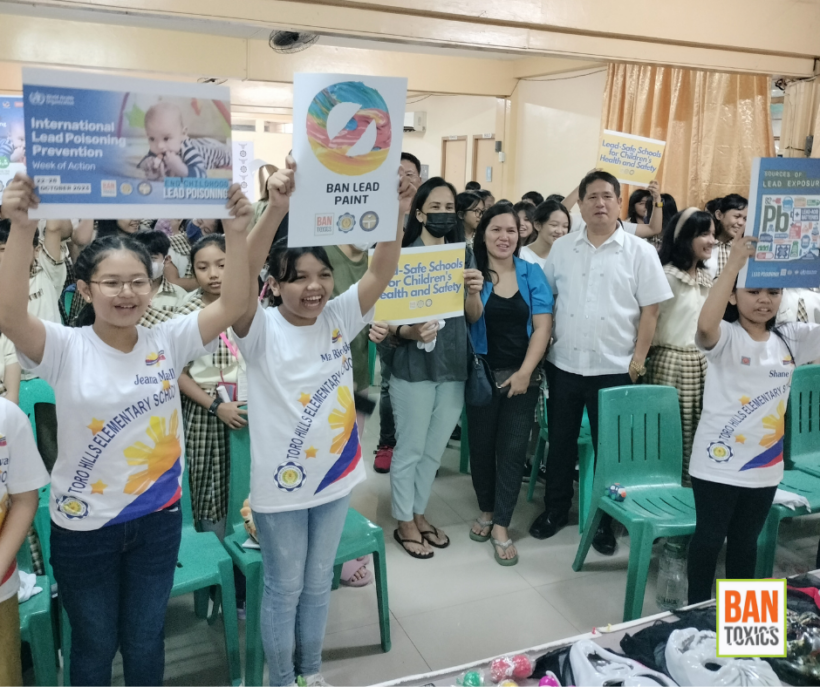
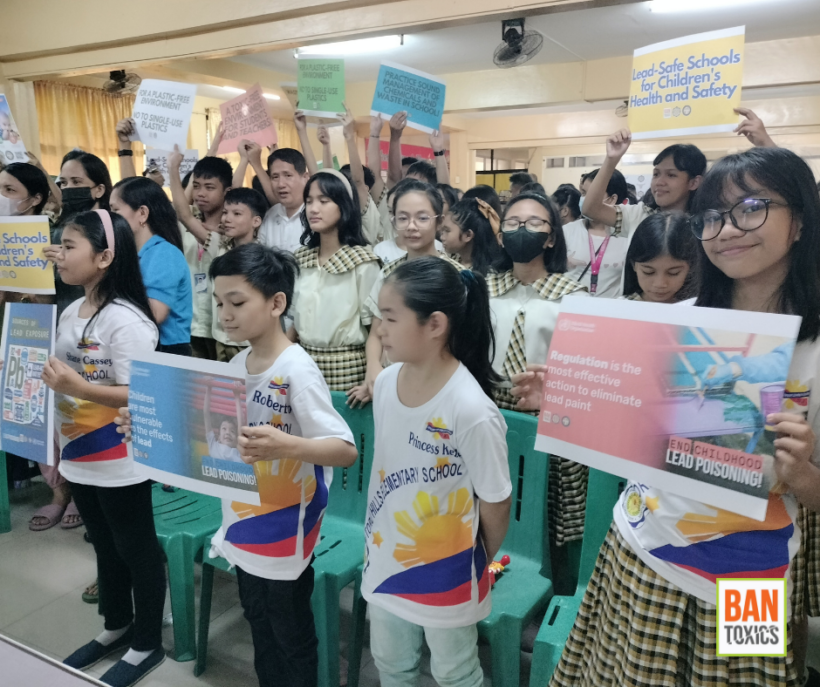
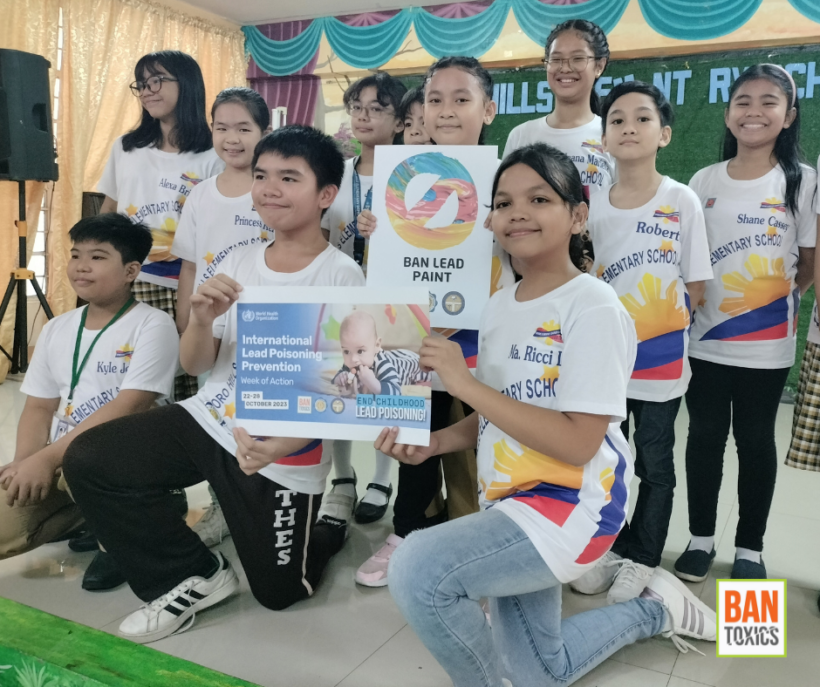
References:
https://urban-links.org/insight/identifying-childhood-lead-poisoning-in-the-philippines/
https://chemical.emb.gov.ph/wp-content/uploads/2017/03/DAO-2013-24-CCO-Lead.pdf
https://www.deped.gov.ph/2017/01/18/do-4-s-2017-mandatory-use-of-lead-safe-paints-in-schools/
https://quezoncitycouncil.ph/ordinance/SP/sp-2739,%20s-2018-1.pdf


